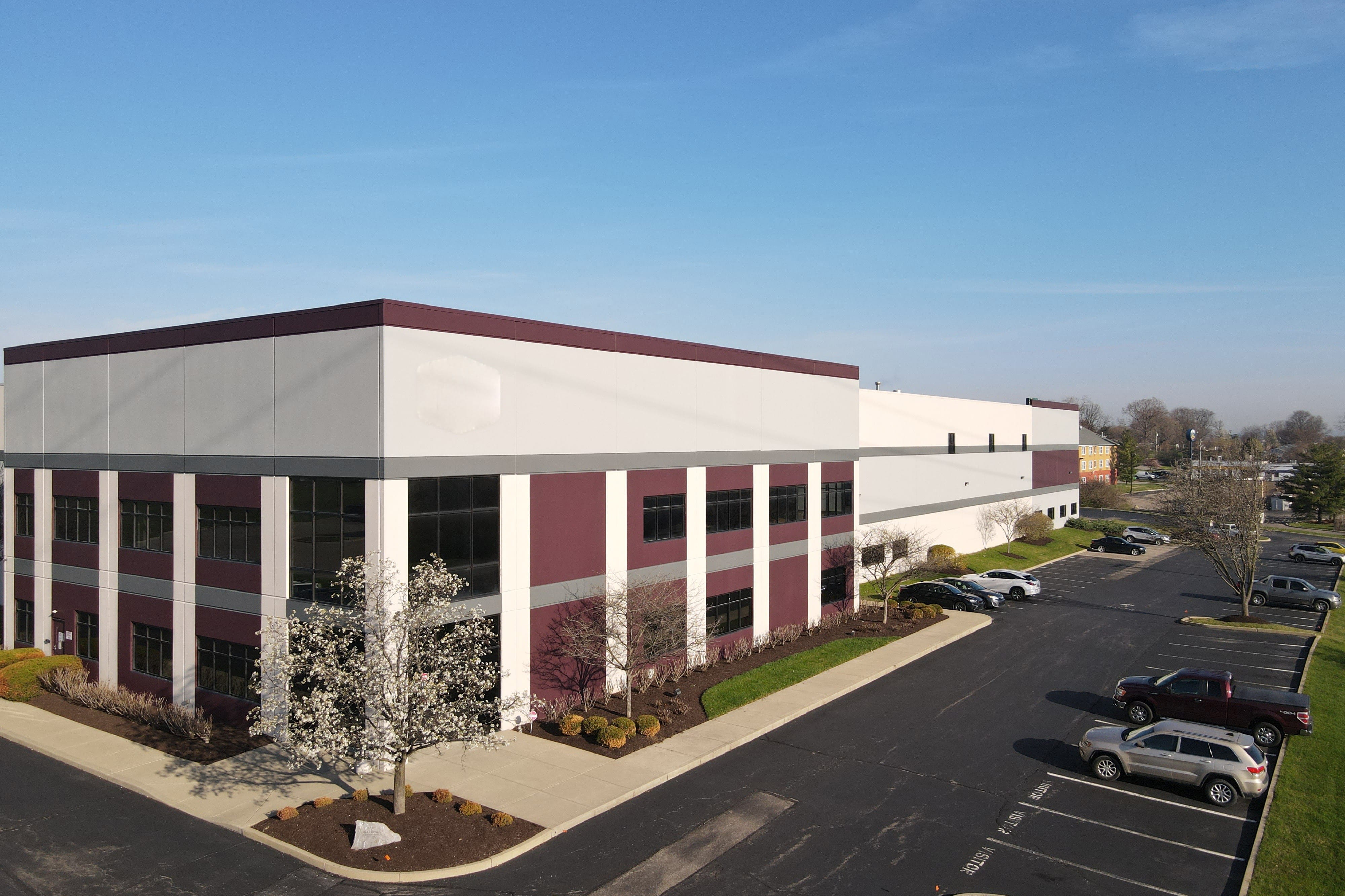Newsroom
Cincinnati Children’s to expand clinical trials with launch of Applied Gene and Cell Therapy Center
Focus will be on innovative therapies to benefit patients with cancer, blood diseases or genetic
Wednesday, May 29, 2024
Cincinnati Children’s has begun work on an Applied Gene and Cell Therapy Center, which will enable the health system to increase clinical trials of innovative drugs and biological therapeutics for patients with cancer, blood diseases or genetic disorders.
The need is great as more than 300,000 children throughout the world are diagnosed with cancer every year, and an estimated 8 million are born with a birth defect.
The Applied Gene and Cell Therapy Center will build on the success of the Cincinnati Children’s Translational Core Laboratory, which has been a leader in the development, testing and manufacturing of such drugs and therapeutics for early phase clinical trials for more than 15 years.
About 100 Cincinnati Children’s employees will eventually work at the new Applied Gene and Cell Therapy Center, including 24 who will be recruited to fill new positions. The program, based at an existing building in suburban Sharonville, will focus on preparing gene, cell and immunotherapy products for clinical trials.
“We are deeply invested in pediatric research that focuses on gene and cell therapy, which benefits children and families in our region and around the world,” said Steve Davis, MD, president and CEO of Cincinnati Children’s. “The Applied Gene and Cell Therapy Center will expand on the research efforts that have already earned our health system recognition by Fortune as one of America’s Most Innovative Companies, and which also contributed to U.S. News & World Report ranking Cincinnati Children’s as No. 1 in the nation for pediatric cancer care.”
About one-third of the health system’s 19,000 employees are engaged in research to find medical treatments or cures, and every year families from all 50 states and dozens of countries travel to Cincinnati Children’s to receive care for complex or rare disorders.
Stella Davies, MBBS, PhD, who is co-executive director of the Cincinnati Children’s Cancer and Blood Diseases Institute as well as director of the Division of Bone Marrow Transplantation and Immune Deficiency, noted that a handful of cellular, gene and immune therapies developed across the nation were recently licensed by the FDA for cancer, genetic and hematologic diseases.
“There are many more potential treatments in development or in clinical trials,” Davies said. “This program expansion will allow us to increase the cell, gene and immunotherapy clinical trials for our patients. Our center’s experts will conduct both translational and clinical research on cell and gene therapy.
“Children and families grappling with cancer or genetic disorders often look to us for innovative treatments, and this new commitment by Cincinnati Children’s holds great potential for improved outcomes,” Davies added.
Tina Cheng, MD, director of the Cincinnati Children’s Research Foundation, chair of Pediatrics and chief medical officer of the health system, said research conducted at the new Applied Gene and Cell Therapy Center would help elevate the outstanding clinical care already provided to children and families.
“Cincinnati Children’s is a research powerhouse, and this commitment to advancing child health outcomes through the Applied Gene and Cell Therapy Center demonstrates how excellence in research remains a central pillar of our mission,” Cheng said.
Of the approximately two dozen new positions that will be created for the Applied Gene and Cell Therapy Center, about half will be scientists – including biologists and those focused on quality assurance of medicinal products, which is known as Current Good Manufacturing Practice, or cGMP. The rest of the new hires will be support staff, including those dedicated to regulatory and physical operations.
Cincinnati Children’s initial investment in the Applied Gene and Cell Therapy Center is expected to be about $60 million, including design, construction and equipment.
“We are excited that Sharonville will be home to Cincinnati Children’s Applied Gene and Cell Therapy Center,” Mayor Kevin Hardman said. "Cincinnati Children’s is an award-winning research institution that does a world of good for our region and the nation, and we appreciate their investment in our community.”
David McCandless, Sharonville’s economic development director, echoed that. “As a city, we continue to see that our strategic location and business-friendly environment pay dividends,” McCandless said. “We are beyond excited to see 100 new high-paying jobs in Sharonville, and we look forward to working hand-in-glove with Cincinnati Children’s on this exciting, life-saving project.”
The building at 10995 Canal Road, previously an auto parts distribution facility, encompasses 111,000 square feet on a 14.6-acre site. Part of the building will be home to the Applied Gene and Cell Therapy Center, and the rest will serve as a supply chain distribution hub for Cincinnati Children’s three hospitals and over 40 other locations. The number of employees and vendors whose work will focus on the distribution hub has yet to be determined.
Renovation is expected to begin in June 2024 and be completed by summer 2025, with employees transitioning to the space in fall 2025.
Danis Construction Building Co., which has an office in Sharonville, is the design-builder for the project. The design team includes: BHDP Architecture; Heapy Engineering for mechanical, engineering and plumbing; Schaefer for structural engineering; and bioX for process and design engineering. Subcontractors are to be determined.




